Lost Records: Bloom & Rage is a narrative-rich game broken up into two tapes that tell the story of four friends, Swann, Autumn, Kat, and Nora, who encountered something dark and mysterious in the summer of 1995. Now, after over two decades apart, the four reconnect in 2022 to face the demons of their past. Lost Records: Bloom & Rage is a story about the nostalgia of childhood, the growth and dissolution of friendships, and the horrors that may lurk within a dark wood. The game will be released in two parts, Tape 1 in February and Tape 2 in April.
Game Rant spoke to Lost Records’ creative director Michel Koch about the development process and creative decisions that brought the game to life. He discussed the game’s dual timelines, the team’s deliberate choice to set the games in 1995 and 2022, and the importance of player choice and consequences in both Tapes. He also talked about the similarities and differences between Lost Records and Don’t Nod‘s previous games in the Life is Strange series. This transcript has been edited for clarity and brevity.
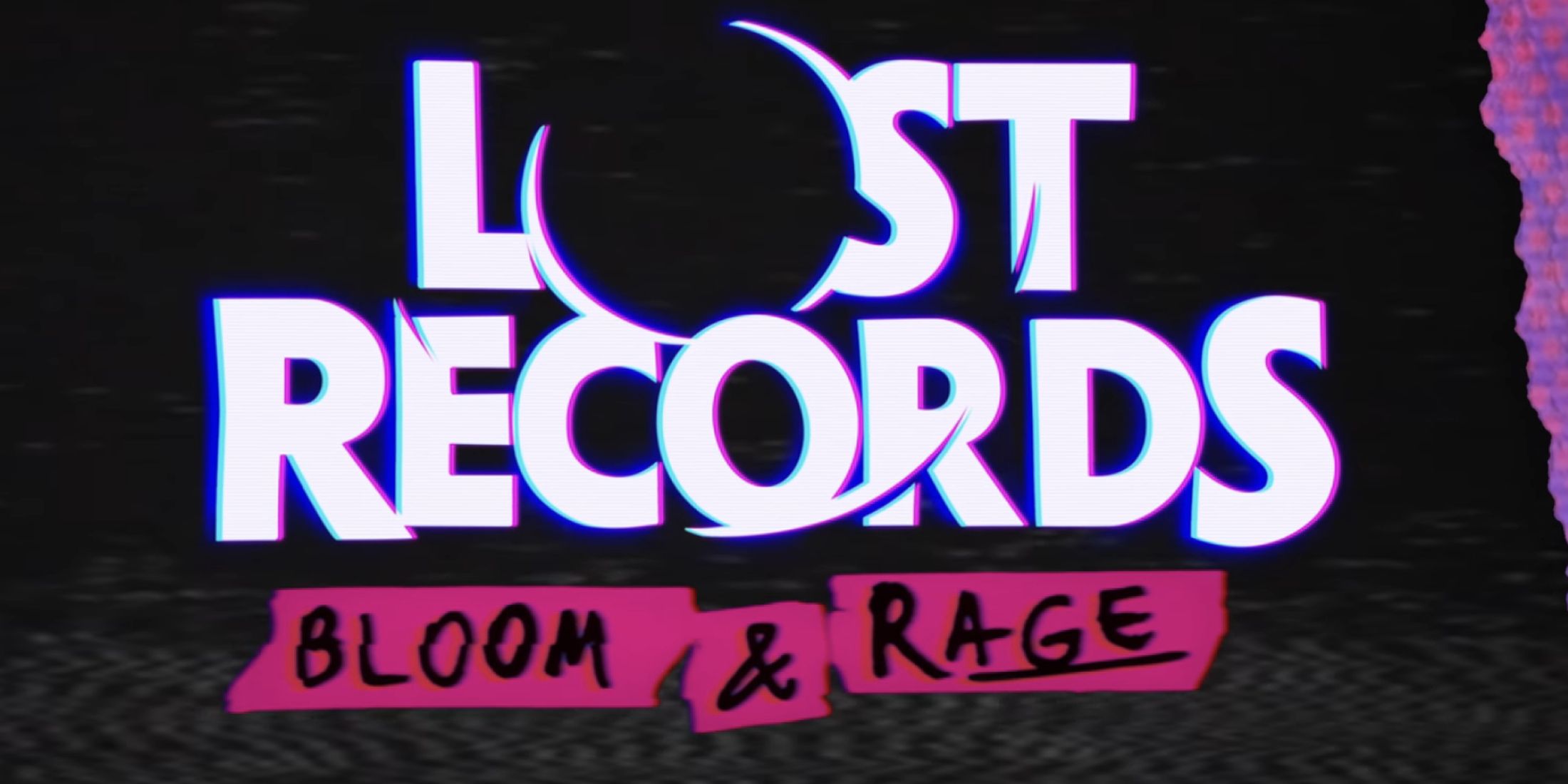
Related
Lost Records: Bloom and Rage Devs Discuss Life is Strange DNA, The ’90s, and More
Game Rant speaks with members of Lost Records: Bloom and Rage’s development team about the ’90s, Swann’s story, and all the mysteries involved in it.
A Choice-Based Story About Four Friends
Q: What was the initial “hook” or “concept” when you were first coming up with Lost Records’ story?
A: Nostalgia is a major creative drive in all our work with Jean-Luc Cano (our lead writer)—the passage of time, its effects on our lives, and how our teenage memories shape who we become as adults. With Life is Strange 1, that idea was condensed into a single week, where Max had to make her final decision and grow up in the process. With Life is Strange 2, we followed Sean and Daniel over the course of a year, and the endings offered glimpses of who they would become based on your playthrough.
With Lost Records: Bloom & Rage, we wanted to focus more on long-term trajectories—how pivotal events and friendships from our youth can follow us into adulthood. How we can drift apart but still feel those invisible threads linking us to our past. We wanted to explore how a single event can reverberate years later and alter how we see ourselves and those we once trusted. That notion of reconciling the past with the present, while navigating the fragile bonds between old friends, is what launched this entire project.
The real “hook”, though, exists thanks to the interactivity of our medium. We aren’t telling a strictly linear story; rather, we wanted players to step into Swann’s shoes and act as storytellers—exerting agency over two timelines at once. The story you experience is the one you co-author with the game, as your choices in both the past and present converge into different endings and trajectories for the characters.
Q: What motivated the decision to have a single player character, which is very unique in narrative-driven games?
A: From the start, we knew we wanted an intensely personal perspective. We felt that focusing on a single protagonist would amplify the sense of discovery and empathy. By seeing everything through Swann’s eyes, players get a more intimate sense of how each character reacts to her choices and words. This lets us craft meaningful, reactive responses from the game world, shaped by the player’s decisions.
In a game where group friendship is a central theme, focusing on one character’s point of view felt crucial. It gives you the chance to really shape how you fit into this group of friends—who you bond with, who you grow close to, then and now.
Q: How do you balance having only one player character in Swann while also telling the stories of Nora, Autumn, and Kat, who are just as crucial to the story?
A: While you only play as Swann, the group—Swann, Nora, Autumn, and Kat—collectively forms the heart of the game. We wrote them all as fully realized protagonists, each with her own motivations, backstory, and emotional arc. Through careful writing and pacing, shaped by your choices and evolving relationships, we reveal key details about their past and present, even though you’re not directly controlling them. Our goal is to capture a bit of the closeness you feel when forging deep bonds in your teenage years and reconnecting with those same friends as adults.
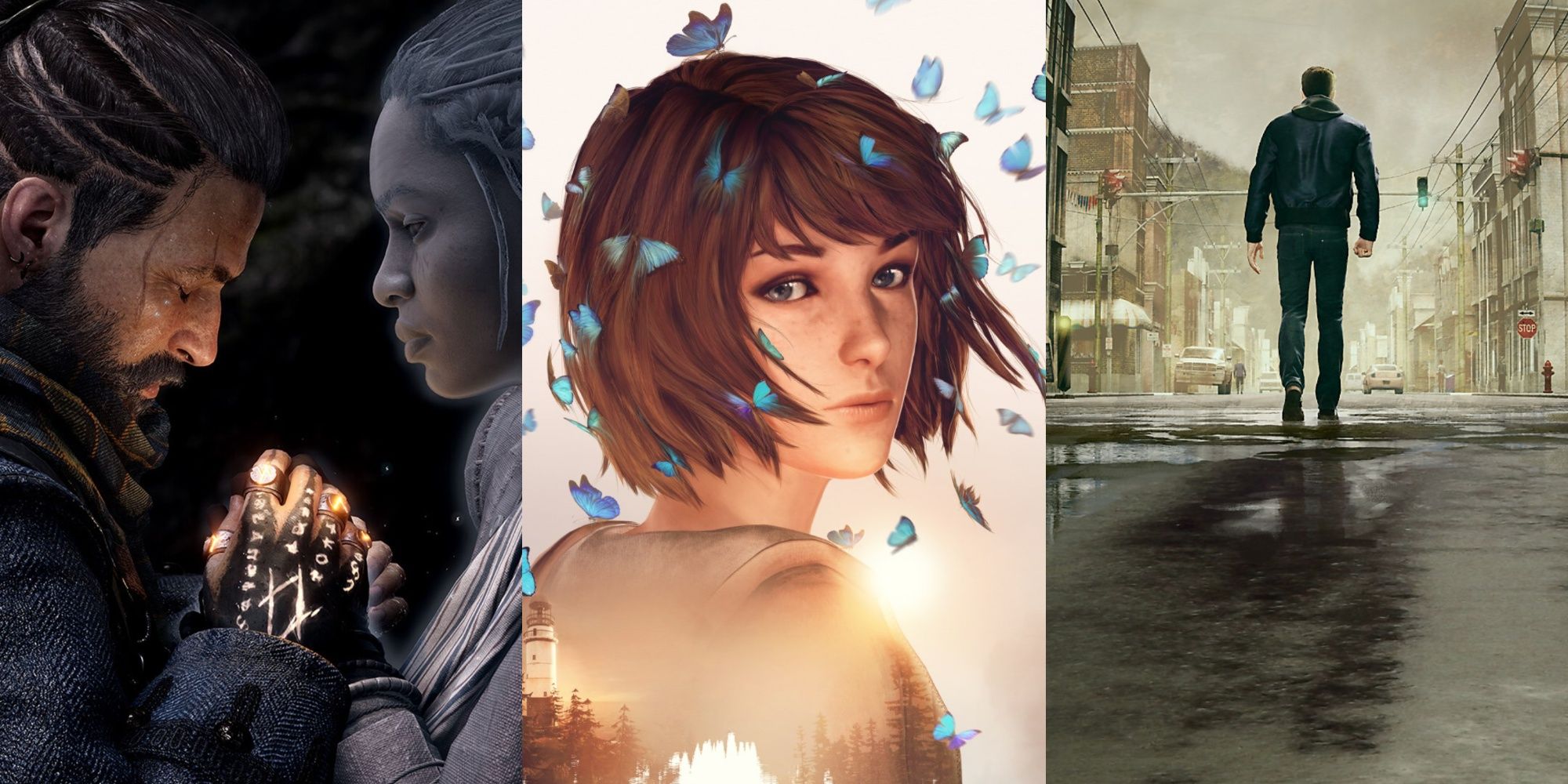
Related
35 Story-Heavy Games To Play If You Love Life Is Strange
If you loved the incredible storytelling elements of Life is Strange, then you’re likely to be into these games with similarly compelling narratives.
Lost Records’ Two-Part Structure Explained
Q: Was Lost Records always intended to be released in two parts, or is that something that came about after production had started? What motivated this decision?
A: I love episodic storytelling for several reasons. Respecting the player’s time is important to me. Meaningful, bite-sized pieces of content are vital in our era of constant distraction. Personally, I appreciate media that values my time and doesn’t try to lock me into endless hours of content, preventing me from exploring other art. We need more shorter, quality experiences that diversify our horizons and allow us to enjoy more art, to hear more voices, with different points of view.
Creatively, it allows for a better pacing and structuring of the story. We can focus on story beats, rhythm, contrast, knowing where players will likely start and stop each session, hopefully crafting strong emotional responses throughout the game’s key moments.
Our two tapes reflect two sides of the summer of 1995. Bloom takes place over July and showcases the blossoming friendship of our four characters. Rage takes place in August, delving into the darker, more mysterious corners of that fateful summer—ultimately leading to the friends’ separation. But also, because it creates a real sense of community speculation and reflection between releases. Releasing it in two gives our players time to digest the story, form theories, and engage in discussion before the final conclusion.
Q: Without giving away any spoilers, do you think there are any particular elements of the game’s story, characters, or world that will inspire a lot of fan theories / speculation while waiting for Tape 2?
A: Haha, it’s really hard to answer this without giving anything away. Talking only about what we’ve already shown in the trailers, I think players will be curious about the Abyss, those lights in the woods, and how they affect the characters. They’ll surely speculate about the mystery, the promise, and its resolution.
But what I hope players will engage with most is the characters. While plot is important to me, characters are the cornerstone of any good interactive story, and it’s all about how players connect with them. What I really hope for is that our players fall in love with these characters—want to know more about them, draw fan art of them, love them, hate them, and imagine other stories with them.
Q: Lost Records has been described as a game about choice and consequences, and there are some pretty tense moments in the trailers. Without spoiling anything, are there any particular “bad endings” or “bad choices” you’re excited for players to stumble on?
A: I wouldn’t say any of our endings are strictly “good” or “bad”—they’re all shaped by the choices you make, and each one carries its own bittersweet edge. Your playthrough defines outcomes both in the past and the present timeline.
In the past, by the end of the summer of 1995, your decisions determine what really happened and why the girls end up promising never to speak to each other again. In the present, your choices decide whether those fractured friendships can ever reconnect. It’s all tailored to how you navigate relationships—who you grow close to, which romances you pursue, and how you fit within the group. I really hope players will feel they earned their own unique conclusions even in the case of possible darker ones!
The Past And The Present: 1995 And 2022
Q: What are the most fun and challenging things about telling a story that encompasses two time periods, being set primarily in 2022 but also revolving heavily around what happened when the characters were kids?
A: All our previous games primarily focused on teenagers, so having the chance to depict adults in their forties, like many of us on the team, including our dialogue writer Desiree Cifre, felt refreshing. By juxtaposing the two timelines, we can show these older characters reacting in real time to memories of who they were at sixteen. This invites a universal reflection on how our past choices and experiences continue to shape us, highlighting both how much we’ve grown or, sometimes, how little we’ve changed.
Q: How did you settle on the years of 1995 and 2022 for the setting of Lost Records? What are some ways that the culture and zeitgeist of those particular years come through in the games?
A: We grew up in the mid-90s with Jean-Luc Cano, so being able to draw on our own teenage memories for world-building, culture, and little details, was a real nostalgic blast. Even though it’s not the main theme of the game, the contrast between these two eras is central to its tone, mood, and visuals—especially in how it highlights the shift from analog to digital.
Back in 1995, we were on the cusp of massive societal changes: no social media, the internet was just beginning, and there were no smartphones. You had to physically meet your friends to connect, we had a very different relationship to our own image, and video or photography was for personal memories, not something you broadcast to the entire world.
We’ve used a lot of those contrasts as underlying layers during the game. Hopefully, players who experienced the mid-90s will feel a wave of nostalgia, while younger players might be intrigued by a very different way of living and communicating.
Q: Don’t Nod has released a lot of games focusing on teenagers and young adults, particularly the Life is Strange series. How has it been different writing a story with adult protagonists in Lost Records?
A: While we created the characters and wrote the main story and script with Jean-Luc Cano, we are extremely lucky to be working with Nina Freeman and Desiree Cifre, both from the US, who wrote all the final dialogue for the game, giving authenticity and real voices to our characters. Desiree is about the same age as the adults in the game, so she was able to draw on her own memories and knowledge of being a teenage girl in the mid-90s, as well as writing for women in their 40s in 2022.
What was liberating to me is that we were able to write “cringey” moments for our teenage characters, knowing we would use the dual timeline to have our adults reflect on, and call out, those moments. Teenagers can be inherently “cringe”, but sometimes when you write a story focused only on teenagers, you have to hold back because cringe is cringe after all. In Lost Records, having the adults look back on their teenage flaws and quirks is safeguarded to tell players, “We know it’s cringe, but it’s there for a reason.”
Q: Are there any games, TV shows, films, or anything else that helped inspire Lost Records? The scenes of the characters as kids in the first trailer made me think of the film Stand By Me.
A: Stand By Me is absolutely an inspiration; it captures that bittersweet nostalgia and the formative power of childhood friendships. Stephen King is one of my favorite authors. The 27-year gap between 1995 and 2022 is a direct homage to IT as the dual timeline in the book was one of our inspirations for the story structure.
There are a lot of 90s pop culture that we rewatched and had in mind with this project: The Craft, My So-Called Life, Buffy, Empire Records, all of which helped us recapture the vibe of that era and delve into some of the important themes for our story and characters.
However, the piece of art that’s always with me whenever I create anything is Twin Peaks, along with David Lynch’s broader body of work. We lost one of the best artists last month, but his visions, his dreams and his surrealism will always follow me and will have, hopefully, some humble resonance in Lost Records.
Q: Previously, you’ve talked about how a lot of your team members grew up in the 90s, and the teenage portions of Lost Records are set in the 90s. Do you have any favorite elements of 90s culture that you wanted to include in the game?
A: There are so many nods and references we can’t wait for the players to discover. I’ve already touched on a few in previous answers, especially regarding the themes and differences between the ’90s and today. But if I had to highlight some smaller details: together with our Art Director, Sam Bradley (who also grew up in the ’90s), we tried to incorporate a lot of specific references, pop culture elements, and iconic objects, colors, patterns, and so on.
You’ll see this in numerous posters, fake movies and music bands we created, and even in the graffiti—some of which reference real events from the ’90s, while others serve as homages. Here are two of my favorites:
- A Magic Eye book, where you can actually see hidden images if you manage to cross your eyes correctly
- An old video game cartridge, our fictional version of a Super Nintendo cart. When you examine and rotate it in 3D, you’ll notice you can blow on it—something every gamer who grew up in the ’90s will definitely understand!
[END]
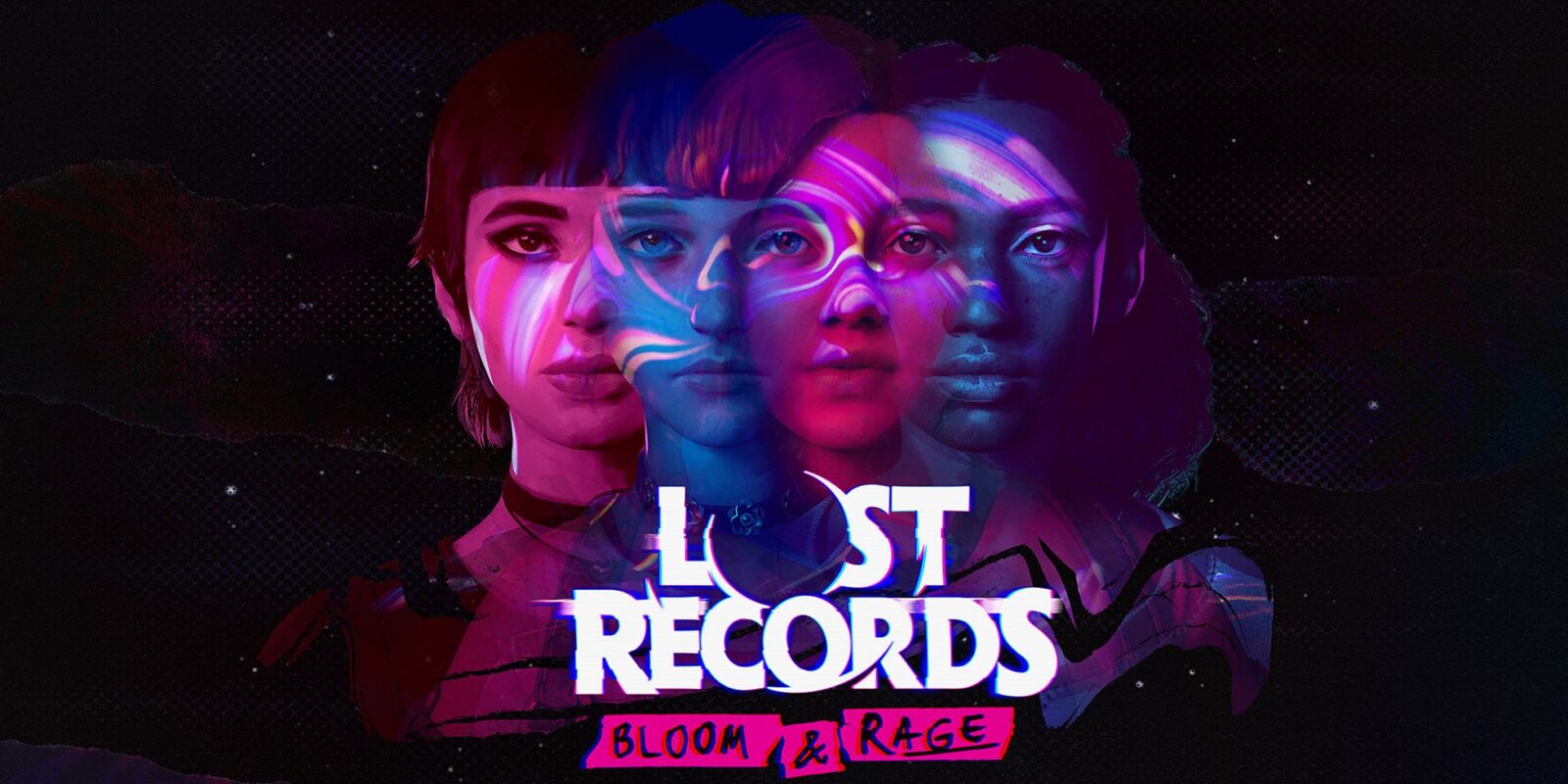
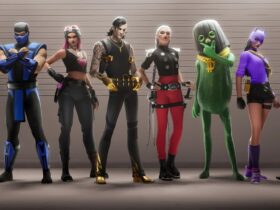
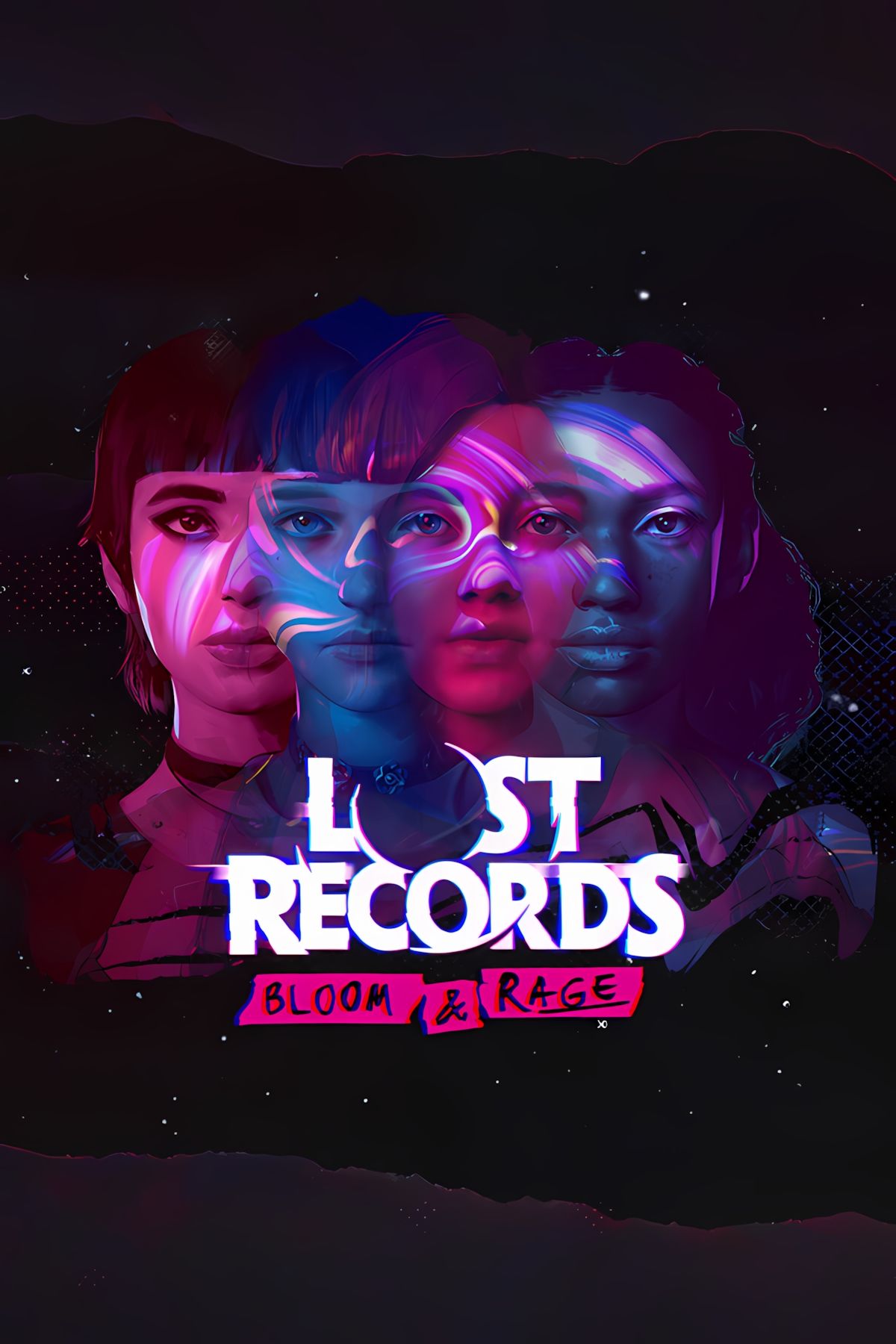


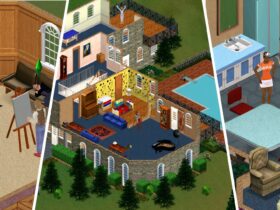
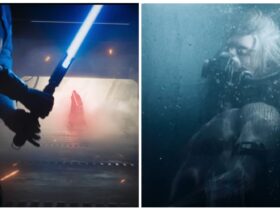

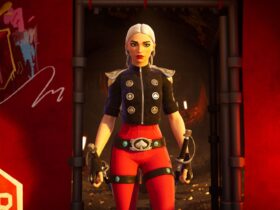
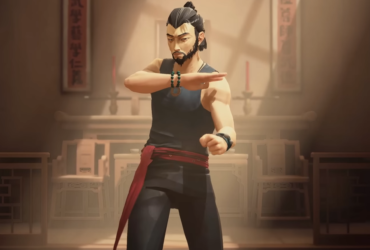
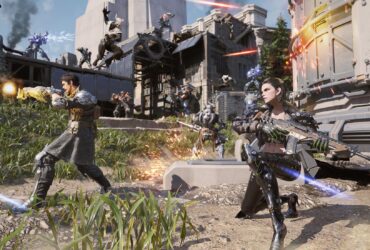
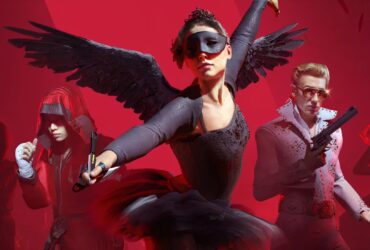
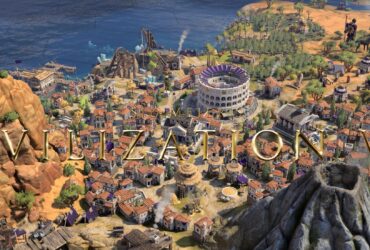
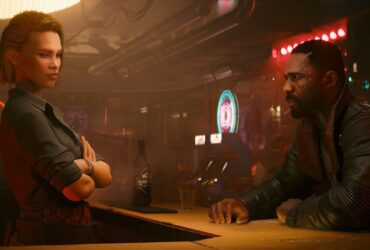
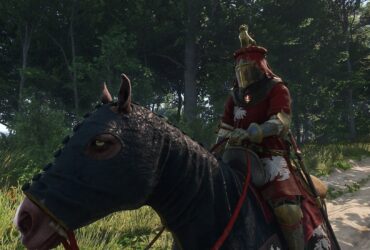
Leave a Reply